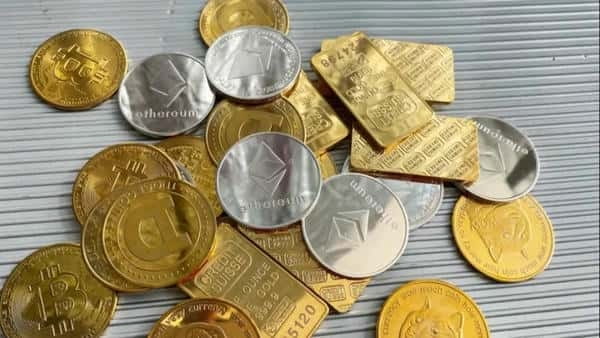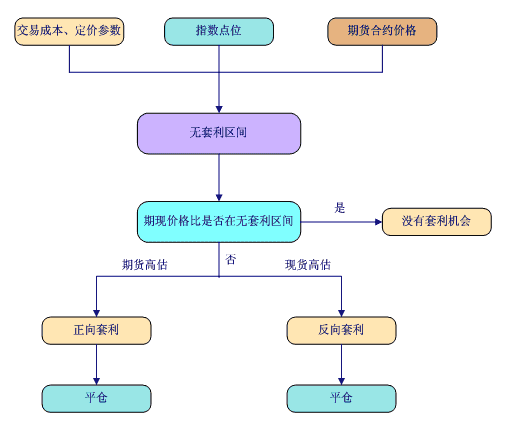You’re riding the Bitcoin roller coaster, racing towards the peak of wealth, but suddenly - bang! A mysterious 'expiration date' jumps out and shatters your trade.
Sounds thrilling, right? Don't panic; today we will explore the 'time bombs' of crypto trading: contract expiration dates and settlements. These terms sound sophisticated, but they’re as simple as eating sunflower seeds - you get it with a bite! Follow me, and I guarantee you’ll go from rookie to expert, avoiding those 'bloody lessons'.

Let’s warm up: What is contract trading? In the crypto world, contract trading (especially futures contracts) is like a game of betting on future prices. You don’t directly buy Bitcoin; instead, you bet on whether it goes up or down. For example, if you think BTC will rise, you take a long position (buy); if you fear it will drop, you take a short position (sell).
Leverage can also amplify your profits (or losses), up to 100 times! But this game has rules, and the two most crucial are expiration dates and settlements. Ignore them, and you might go from a 'crypto big shot' to a victim of a 'harvesting machine'.
Expiration Date: The 'death countdown' of the contract. In English, it’s called the Expiration Date, simply put, it’s the 'expiration point' of the contract. Just like milk has an expiration date, which turns sour; contracts also have expiration dates, and when that day comes, they automatically 'go offline'.
Why have an expiration date? To keep the market orderly and avoid indefinite delays. There are two common types of contracts in the crypto world: Perpetual Contracts and Delivery Contracts. Perpetual Contracts have no expiration date and can be extended indefinitely (adjusted by funding rates); but Delivery Contracts have a fixed expiration date, such as one week, one month, or one quarter.
What does an expiration date look like? On exchanges like Binance and OKX, you will see contract codes like 'BTC/USD 0925'. Here, '0925' represents an expiration in September 2025. When the time comes, the contract ends automatically - regardless of whether you made a fortune or lost everything.
Eye-catching moment: Imagine you hold a long position in BTC, and as the expiration date approaches, the price suddenly plummets! If you don't close your position in advance, when the expiration date arrives, the system will automatically settle, and you may lose everything. Exciting, right? So keep an eye on the calendar, don’t let it become your 'doomsday surprise'!
Tip: Beginners shouldn't rush into Delivery Contracts; start with Perpetual Contracts to practice. They have no expiration date, offering more freedom, but remember the funding rate - it’s calculated every 8 hours, with the losing side subsidizing the winning side.
Settlement: The 'final judgment' date of the contract has arrived, what now? This is the drama of settlement. It determines how your contract 'ends' - do you walk away with cash, or do you deliver real goods?
Two ways to settle:
Cash Settlement: The most common in crypto! At expiration, you don’t need to deliver actual Bitcoin, but settle based on market price. For example, if you bet on BTC rising and the contract expiration price is higher than your opening price, you earn the price difference directly into your wallet. Simple, right? Most USDT contracts on Binance are cash-settled - convenient, without worrying about holding actual assets.
Physical Delivery: The minority! At expiration, you must deliver the actual asset. For example, some BTC futures require you to deliver real Bitcoin at expiration. This is not popular in crypto due to logistics issues and complex regulations, but it’s common in traditional futures (like gold).
How is settlement calculated? Exchanges use the 'settlement price' - usually the average price for a period before expiration to avoid manipulation. Your profit and loss = (settlement price - opening price) × contract size × leverage. If you made money, it’s credited; if you lost, a liquidation warning!
The shocking truth: Expiration days are often 'blood and thunder'! Big players manipulate prices, leading to wild fluctuations. Remember the expiration day of BTC futures in 2021? Those fluctuations looked like an ECG, how many people became overnight millionaires or lost everything? Beginners, don’t be overconfident; closing positions in advance is the way to go!

Crypto practical: The 'pits' and 'treasures' of expiration dates and settlements In actual trading, expiration dates and settlements are a double-edged sword:
Treasure side: Smart people use it to arbitrage. For example, if the price of a perpetual contract deviates from the spot price, switch contracts before expiration and profit from the price difference.
Big pit side: Ignoring the expiration date can lead to skyrocketing overnight fees; high leverage at settlement can easily trigger liquidation. Risk reminder: The crypto world is highly volatile, and leverage acts as a 'magnifying glass', turning small losses into big ones!
Beginner's Guide: Start with low leverage (5-10x) and practice with a simulated account. Apps like TradingView can monitor expiration dates in real-time. Remember, trading is not gambling; it's a probability game - stop-loss and take-profit are your shields!
Don't let the expiration date 'deliver' your dream. Trading in the crypto world is like a thrilling adventure, where expiration dates and settlements are the boss levels. Understanding them helps you avoid traps and rush towards financial freedom! But remember: investment involves risks, and market entry requires caution. Don't go all in; diversify your risks, learn more, and practice.

If you’re a crypto novice, take action now - open an exchange, find a small contract to test the waters. Who knows, the next millionaire could be you? Go for it, crypto friends!



